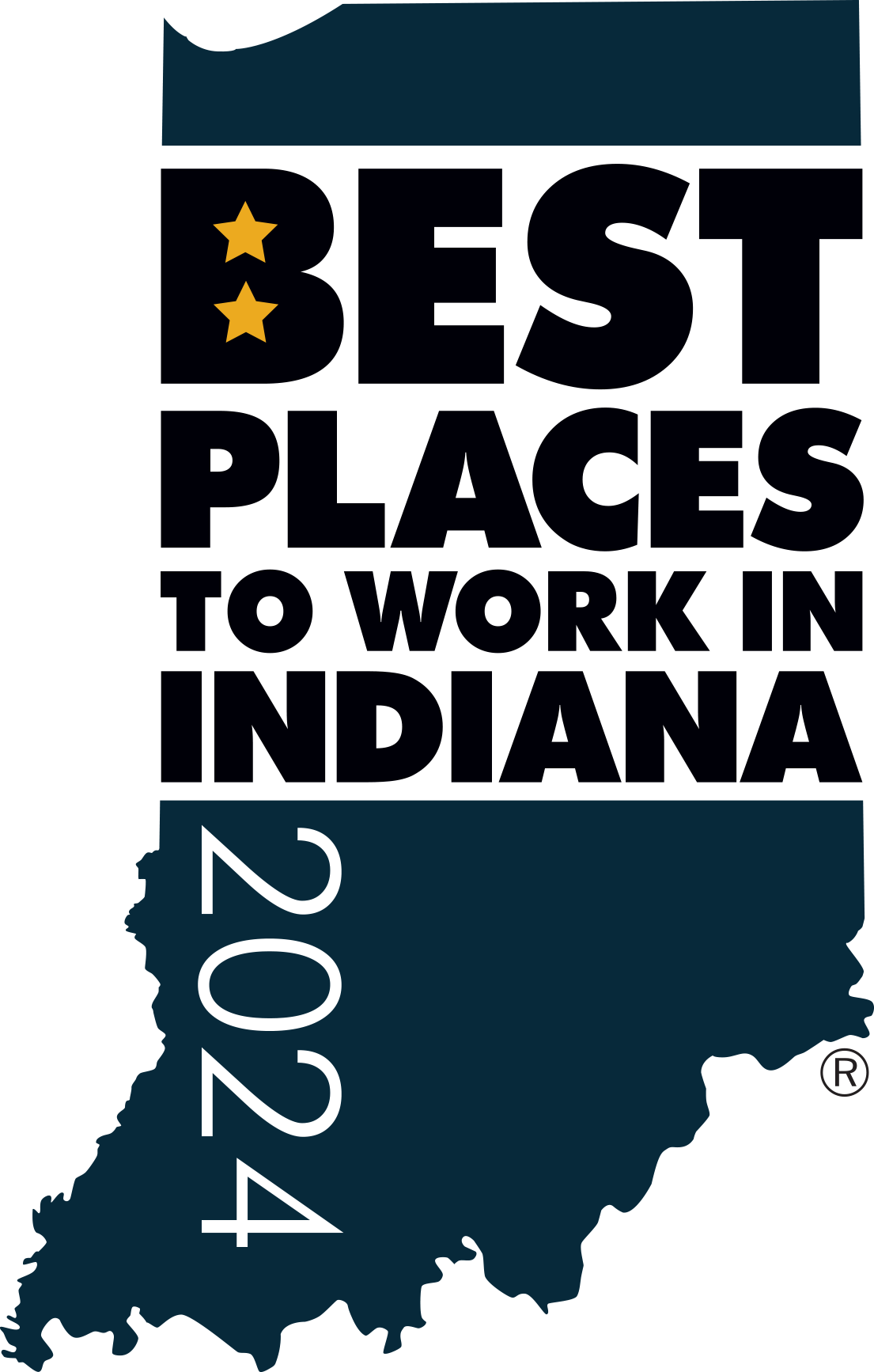The Workforce Crisis in Indiana Manufacturing and Why Traditional Staffing Is Dead
Indiana has long been a powerhouse of American manufacturing, contributing over $100 billion annually to the state’s economy. Yet, the industry is grappling with a workforce crisis.
Traditional staffing models—posting job ads, relying on temp agencies, and cycling through employees—are failing. Why? Because the workforce itself has changed.
The Old Playbook No Longer Works
For decades, Indiana manufacturers have relied on a simple formula: hire fast, replace faster. But today’s workforce doesn’t fit into that mold. Skilled labor shortages, increasing automation, and shifting employee expectations have made conventional hiring models obsolete.
- The skills gap is growing – According to Ernst & Young, by 2030, the U.S. manufacturing industry is expected to have 2.1 million unfilled jobs due to a lack of qualified workers.
- Turnover is skyrocketing – The average turnover rate in manufacturing exceeds 40%, leading to millions in lost productivity.
- Temp labor isn’t cutting it – While temporary workers can fill gaps, they rarely meet the skill requirements for modern manufacturing roles, leading to higher defect rates and lower efficiency.
The result? Constant hiring churn, production slowdowns, and increased operational costs.
Workforce Optimization: The Future of Manufacturing Hiring
Indiana manufacturers don’t just need employees—they need an optimized workforce strategy. That means moving beyond staffing agencies and outdated recruitment methods to a model built for stability, skill development, and long-term growth.
1. Skilling Over Staffing
Manufacturers that invest in reskilling and upskilling their workforce have a massive competitive advantage. Instead of cycling through underqualified workers, forward-thinking companies are implementing:
- On-the-job training programs to bridge the skills gap.
- Apprenticeships and partnerships with technical schools to develop talent pipelines.
- Automation training to help employees transition into higher-value roles.
Companies like Toyota and Cummins, both with major operations in Indiana, have already invested heavily in these programs—and they’re seeing increased employee retention and higher production efficiency.
2. Tech-Enabled Workforce Management
Staffing isn’t just about filling seats; it’s about maximizing productivity with the right mix of talent and technology. Modern workforce optimization uses AI-driven scheduling, predictive analytics, and real-time performance tracking to ensure:
- The right people are working at the right times to avoid overtime burnout.
- Cross-trained employees can step into multiple roles, reducing bottlenecks.
- Data-driven insights help predict turnover before it happens, allowing proactive retention efforts.
3. Retention-Focused Hiring Strategies
The future of hiring isn’t just about who you bring in—it’s about keeping them engaged. Manufacturers optimizing their workforce focus on:
- Better benefits and career growth opportunities to reduce turnover.
- Flexible scheduling models to accommodate work-life balance.
- Stronger company culture and employee engagement programs.
For example, Rolls-Royce Indianapolis revamped its hiring approach, shifting from temp-heavy staffing to career-focused employment, leading to a 30% drop in turnover and improved production quality.
The Bottom Line
Traditional staffing isn’t just inefficient—it’s actively holding back manufacturing in Indiana. Companies that still rely on high-churn hiring models will continue to struggle with rising costs, lower productivity, and an unstable workforce.
The future belongs to manufacturers that invest in workforce optimization—prioritizing skill development, leveraging technology, and building long-term retention strategies.
Are you still stuck in the old way of hiring? It’s time to rethink your approach.
Want to learn how to implement workforce optimization in your manufacturing business? Let’s talk.

